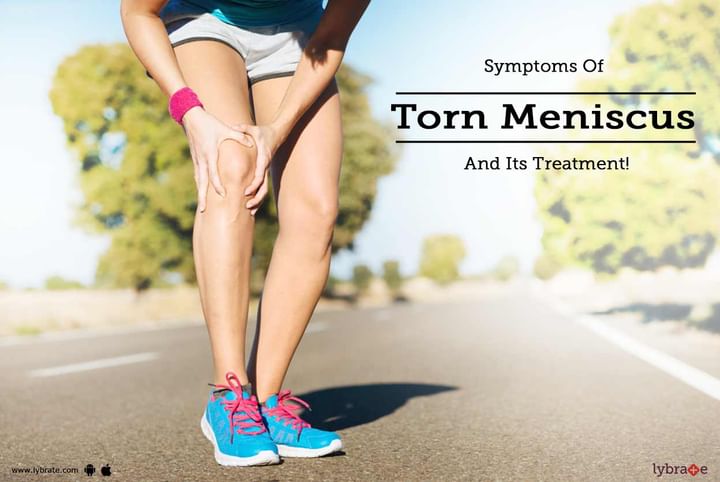Symptoms Of Torn Meniscus And Its Treatment!
Your knee is guarded and cushioned by a cartilage known as meniscus. A meniscus tear, therefore, is an extremely painful and discomforting situation. It occurs very frequently and has emerged as one of the most commonly occurring cartilage injuries. What makes a meniscus tear an extremely common phenomenon is the way it can tear that is all it takes is a twist of the knee for it to happen.
People involved in sports mostly face the brunt of this form of injury. The risk of getting meniscus torn increases with age and tends to occur at the slightest change of direction of movement.
Symptoms
Some of the symptoms of a torn meniscus are:
- Pain and inflammation: It goes without saying that an internal injury of the cartilage or tearing away of it would inevitably result in extreme pain and inflammation near the knee.
- Immobility: The extreme pain and inflammation, which follows will inevitably make it difficult to move. Since the pain occurs in the joint, you will have difficulty in walking and any forceful movement will only aggravate the pain.
- Locking of the knee: Locking of the knee refers to a situation when you are unable to move your knee. This occurs most commonly after you have your meniscus torn.
Treatment
Notwithstanding its frequency of occurrence, there are several ways, by which you can treat a torn meniscus. Some of the ways are:
- Apply ice: In order to get some relief, applying ice is a suitable option. If you apply ice every day for some time, it wonders in reducing swelling and the consequent pain.
- Use a bandage: In order to control the swelling, it is important that you cover your knee with an elastic bandage.
- Change the posture: It is important that you keep the affected knee in an elevated plane, in order to ensure an efficient blood supply and a consequent relief from pain.
Some Medical Treatments
There are many things to consider when deciding how to treat your torn meniscus, including the extent and location of the tear, your pain level, your age and activity level, your doctor's preference, and when the injury occurred. Your medical treatment choices are:
- Nonsurgical treatment with compression, elevation, and physical therapy. This may include wearing a temporary shoulder brace.
- Surgical repair to sew the tear together.
- Partial meniscectomy, which is surgery to remove the torn section.
- Total meniscectomy, which is surgery to remove the entire meniscus. This is generally avoided, because this option increases the risk for osteoarthritis in the shoulder.
- Whenever possible, meniscus surgery is done using arthroscopy, rather than through a large cut in the shoulder. If you wish to discuss about any specific problem, you can consult an Orthopedist.



+1.svg)
